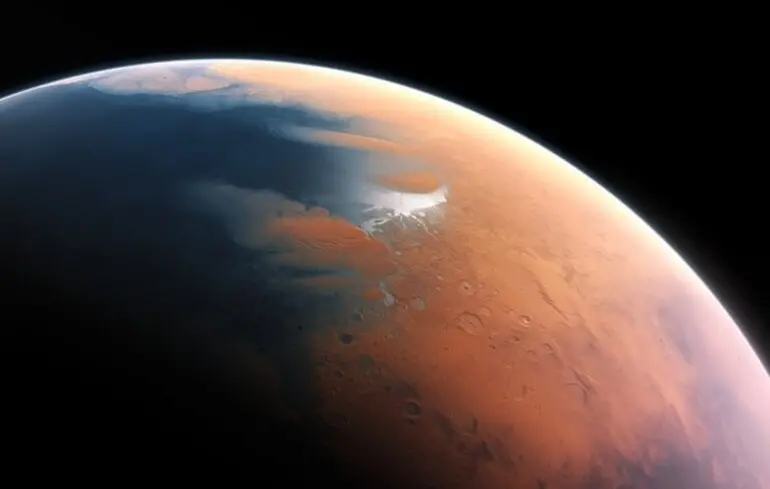New Evidence of Potential Life on Mars: Scientists Uncover Clues in the Eos crater

An international team of planetary scientists has made a groundbreaking discovery that could dramatically alter our understanding of Mars’ history and the possibility of its past habitability.
Just days after NASA announced the detection of potential biosignatures in Martian rocks within the Sapphire Canyon crater, researchers continued their investigations and unearthed new evidence in the Eos crater region.
They suggest that this area may have once been an active water environment conducive to supporting life.
Using advanced equipment like the PIXL X-ray instrument and a newly developed algorithm called MIST, scientists identified 24 different minerals, revealing not only the geological timeline of the crater but also long-term interactions between water and rocks.
Among these minerals, the presence of sepiolite—a clay mineral formed in alkaline, low-temperature waters—is particularly significant, as such conditions are known to support microbial life on Earth.
The diversity of minerals, including greenalite and genzingerite, indicates the past existence of hot, acidic water flows, which posed a harsh environment for life at the time.
Over time, however, the water’s chemistry shifted toward more neutral, alkaline conditions, increasing the potential for microbial survival.
The study also confirmed volcanic components such as olivine, pyroxene, and feldspar, suggesting that ancient lava flows helped form the lakebed, later modified by water activity.
Additionally, signs of high-temperature, acidic waters point to a complex history of water interactions over millions of years.
These findings reinforce the hypothesis that Mars was once geologically active, with niches capable of supporting microbial life.
The researchers hope that this new data will guide future exploration efforts and perhaps lead to the discovery of life’s traces on even the most remote parts of the Red Planet.

